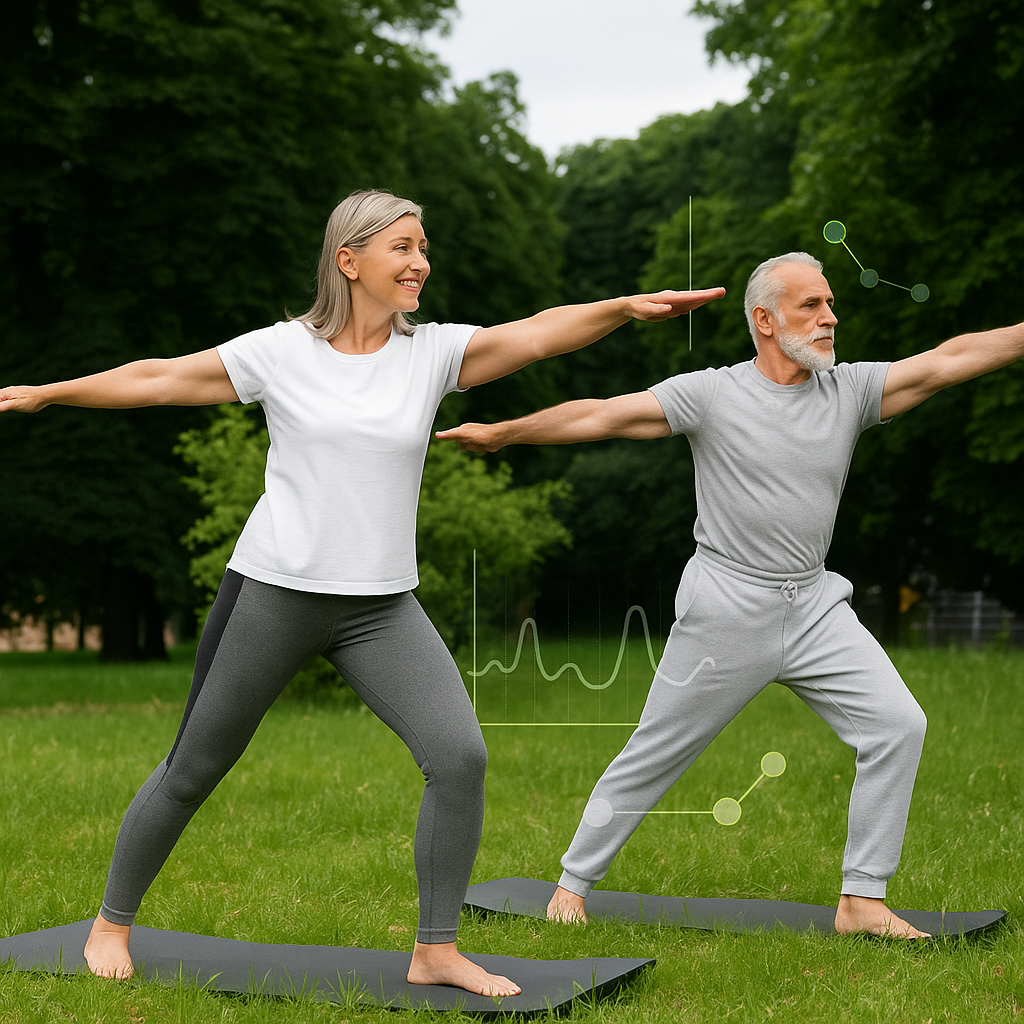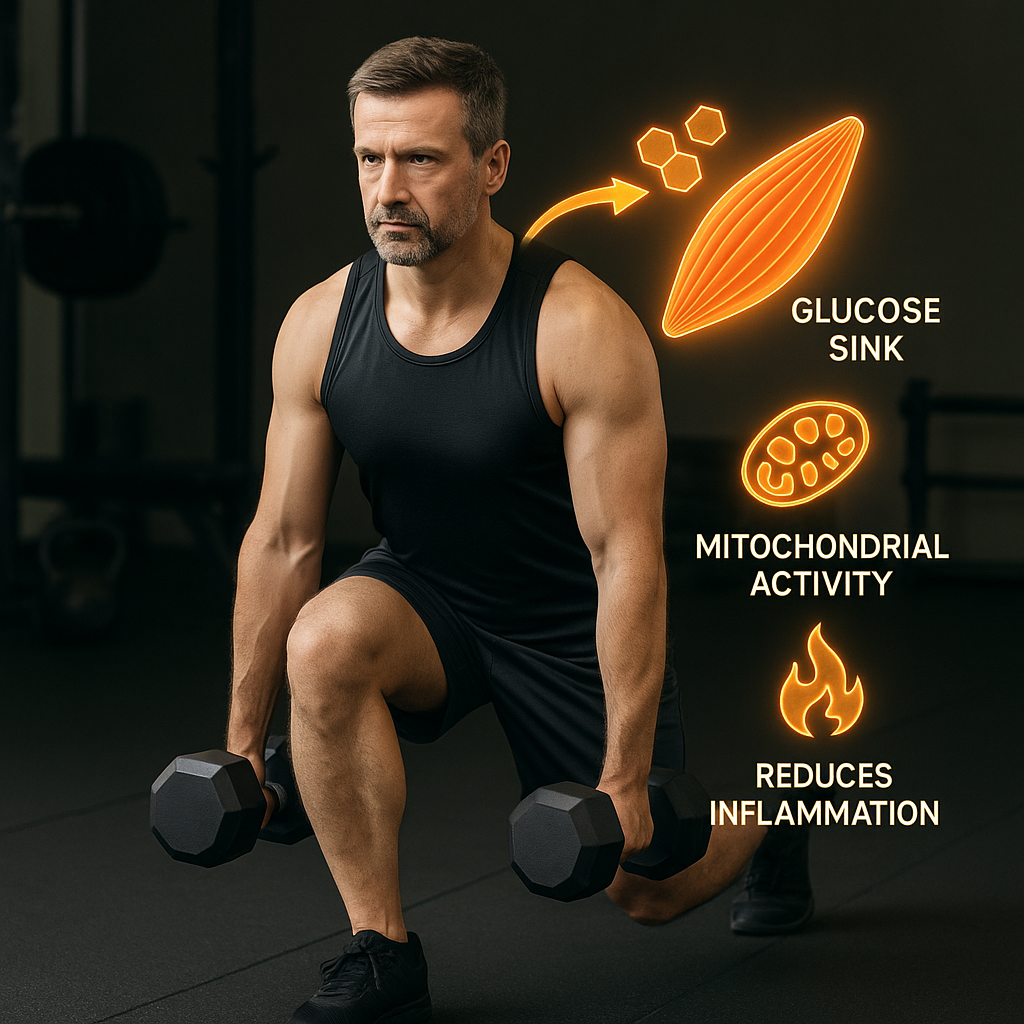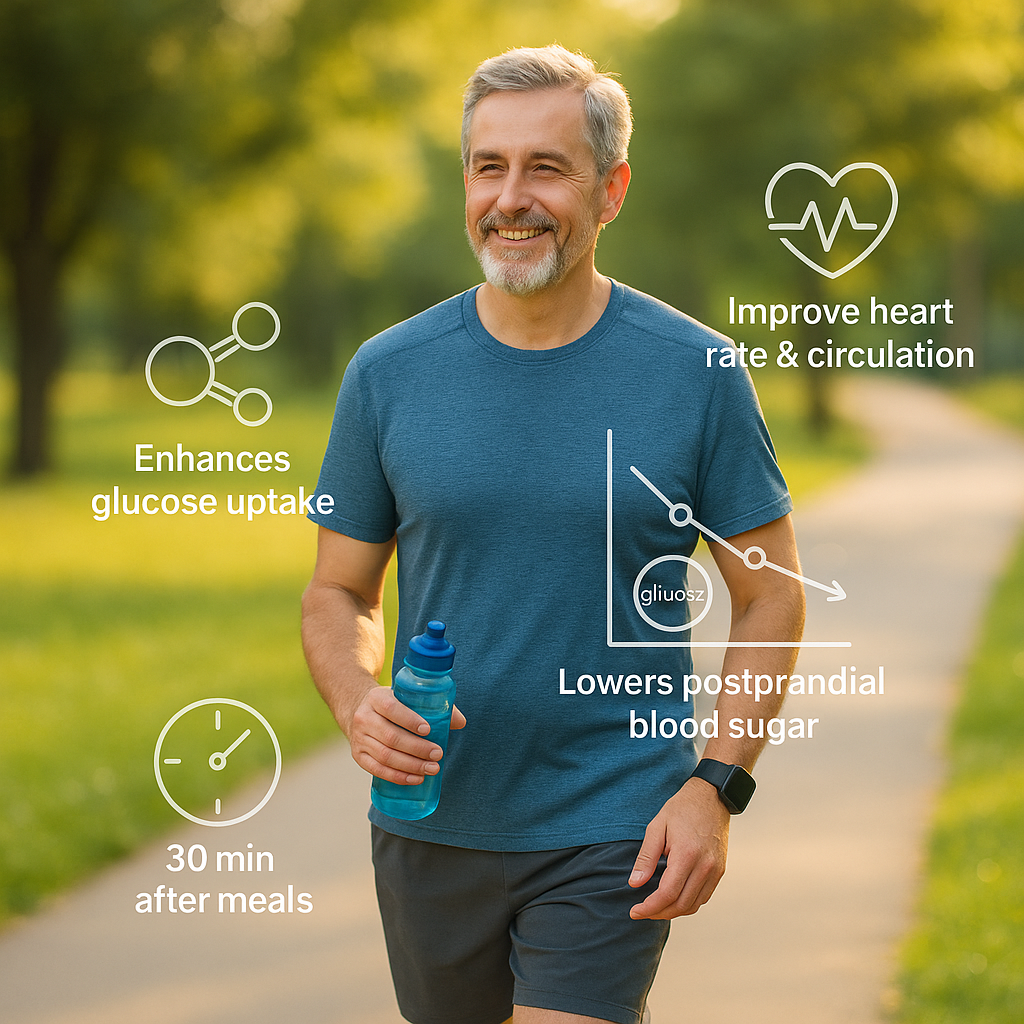Exercise for Type 2 Diabetes: A Practical Guide to Reclaiming Health
Introduction
Exercise isn’t just a supportive lifestyle habit—it’s a cornerstone of reversing and managing type 2 diabetes. For millions living with this condition, physical activity holds the power to lower blood sugar, increase insulin sensitivity, and even restore health. But not all exercise is equal.
Leading experts like Dr. Jason Fung, Dr. William Davis, Dr. Sten Ekberg, and Dr. Eric Berg agree: certain forms of exercise are particularly effective for reversing insulin resistance and reducing visceral fat, the root cause of metabolic dysfunction.
This guide draws from their insights and scientific research to present a targeted, practical roadmap for using exercise to regain control of your health.

Why Exercise Matters in Type 2 Diabetes
The Root Problem—Insulin Resistance
Type 2 diabetes is primarily a disease of insulin resistance, where the body no longer responds efficiently to insulin. Exercise, especially when done consistently, improves insulin sensitivity, allowing glucose to enter cells more effectively and lowering blood sugar naturally.
Additional Benefits
Reduces belly fat (a key driver of insulin resistance)
Increases muscle mass, which helps use more glucose
Improves cardiovascular health
Enhances mood and energy
Helps normalize blood pressure and cholesterol levels
💡 “Exercise is the only prescription that has immediate benefits for glucose control without side effects.” — Dr. Sten Ekberg

The Three Most Effective Types of Exercise

1. Resistance Training (Weight Lifting) Most Recommended
According to Dr. Jason Fung and Dr. Ben Bikman, building muscle is one of the most powerful ways to reverse insulin resistance. Why?
Muscles act as glucose sinks, pulling sugar from the bloodstream.
Strength training triggers mitochondrial adaptation and fat burning.
It reduces inflammation and boosts testosterone in men (helpful for metabolic function)
Recommended Plan:
Frequency: 3–4 days/week
Exercises: Compound movements (squats, deadlifts, push-ups, rows)
Reps: 8–12, with moderate to heavy weights
Rest: 1–2 minutes between sets
📌 “If I had to pick only one exercise strategy for reversing type 2 diabetes, I would choose resistance training.” — Dr. Eric Berg
2. Walking – Simple but Powerful
Walking is one of the most accessible, low-risk, and effective aerobic exercises. It’s especially helpful after meals, when blood sugar spikes.
Benefits:
Enhances glucose uptake by muscles
Improves heart rate and circulation
Lowers postprandial (after-meal) blood sugar
Recommended Plan:
30–45 minutes/day
Moderate pace (you should be able to talk, but not sing)
Ideal time: 30 minutes after meals


